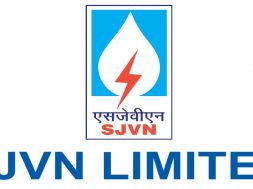
In Short : EV adoption in India’s Tier 2 and 3 cities surged in FY25, reaching 10.67% and 8.68% penetration, respectively. Driven by affordable models, rising e-commerce demand, and improved infrastructure, two-wheelers led the growth. Cities like Surat and Jaipur emerged as EV hotspots. Despite challenges like charging gaps and financing, smaller cities show strong momentum toward sustainable mobility.
In Detail : Electric vehicle (EV) adoption in India’s Tier 2 and Tier 3 cities has seen significant growth in FY25. Penetration rates reached 10.67% in Tier 2 cities and 8.68% in Tier 3 cities, reflecting a substantial rise from 4.16% and 1.69% respectively in FY22. This highlights a growing shift toward sustainable transport in smaller urban areas.
The primary drivers of this growth include increased affordability of EVs, expanding charging infrastructure, and heightened demand from the e-commerce and delivery sectors. These factors have made electric mobility more accessible and practical for residents in non-metro cities, encouraging broader adoption.
Electric two-wheelers (E2Ws) continue to dominate the EV market, accounting for 70.94% of sales in Tier 3 cities and 57.84% in Tier 2 cities. Electric passenger three-wheelers (E3W-P) also play a crucial role, with a 32.42% market share in Tier 2 and 21.84% in Tier 3 cities. Electric cars, while growing, still represent a smaller share.
Cities like Surat, Jaipur, and Lucknow are leading the EV transformation, backed by proactive government policies and local incentives. These cities have demonstrated that with the right support, smaller urban areas can adopt clean mobility at scale and speed.
Despite the positive trend, several challenges remain. Inadequate charging infrastructure, lack of standardized financing options, and limited availability of advanced EV models are barriers that continue to hinder growth. Addressing these issues is essential to maintain and accelerate the adoption trajectory.
Looking ahead, the EV trend in Tier 2 and 3 cities signals a promising future. Continued policy support, technological innovation, and public-private collaboration will be key to ensuring that the electric mobility wave reaches every corner of the country, contributing to a cleaner, greener future.












